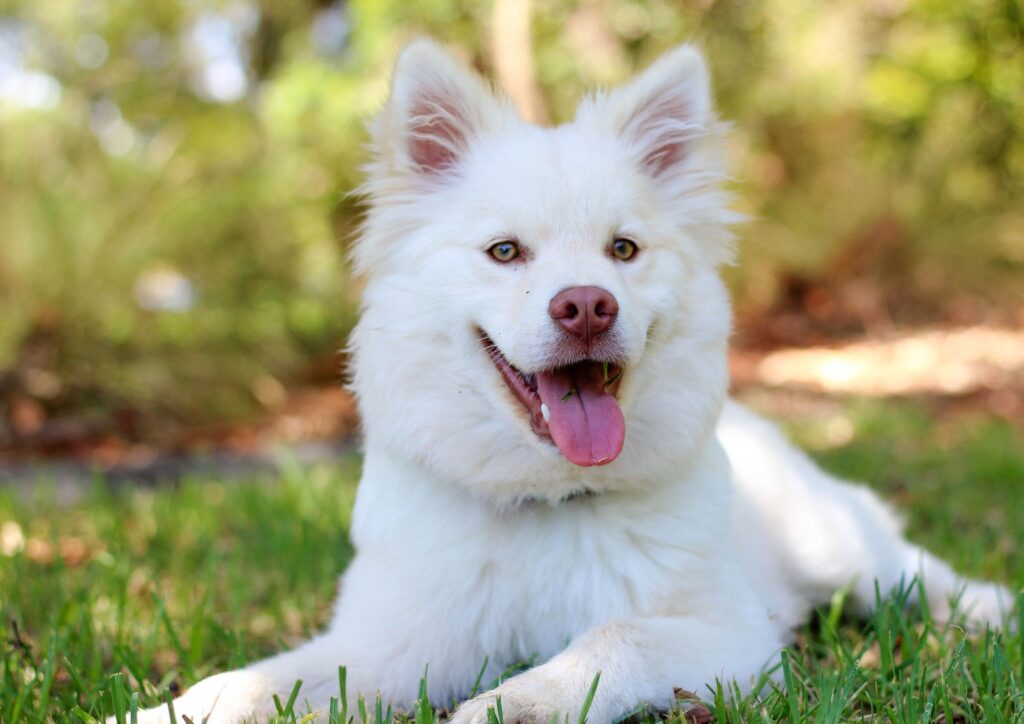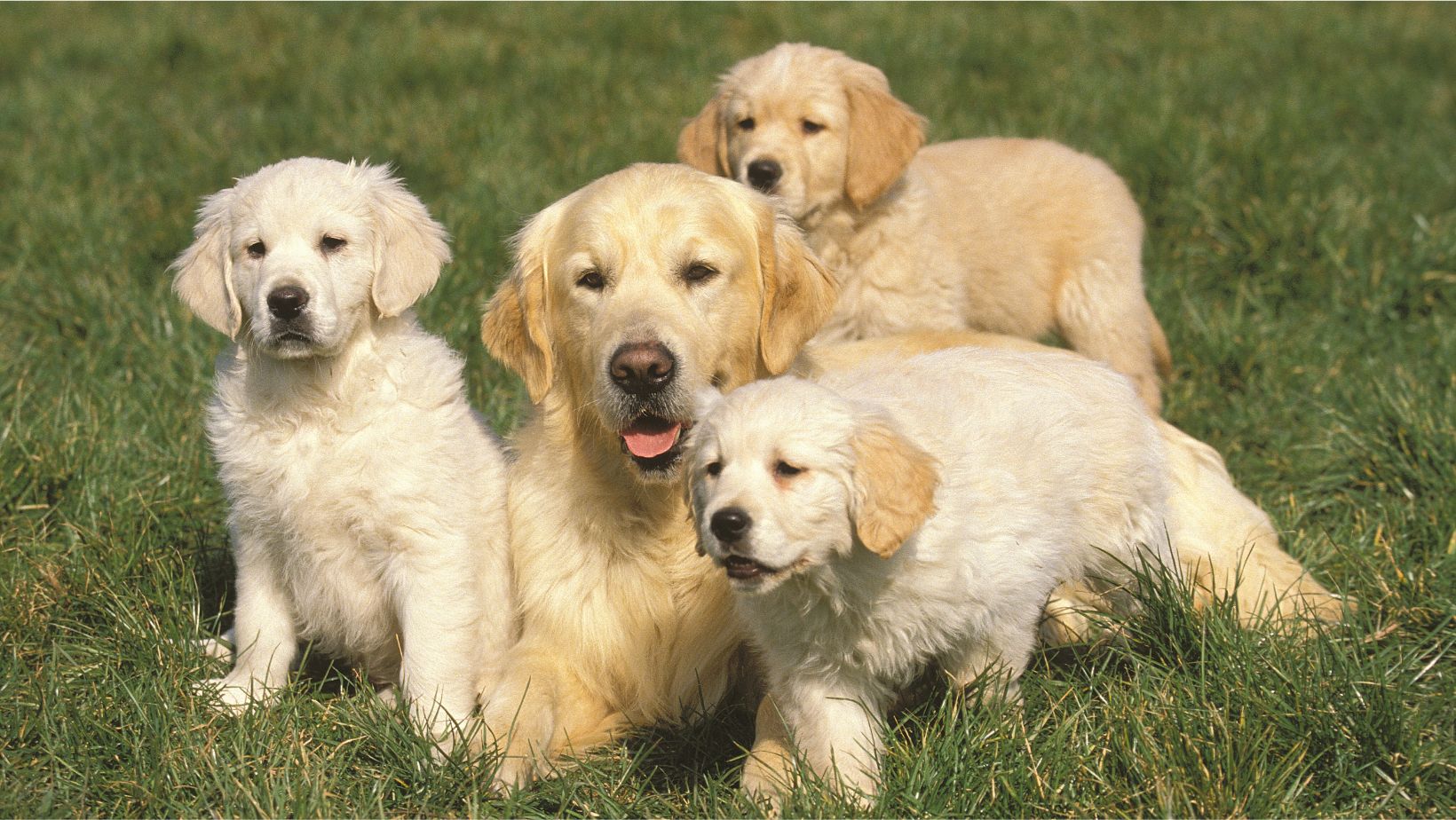Why Dogs Chase Their Tails (and When It’s a Problem)
Have you ever seen your dog spin in circles trying to catch its tail? It might look amusing at first, but this behavior can mean different things depending on the context. In this article, we’ll explore why dogs chase their tails and when it could signal something more serious.

Why Dogs Chase Their Tails: Common Reasons
1. Playfulness and Curiosity
Puppies often chase their tails out of curiosity. They’re still learning about their bodies and the world around them. It’s a normal and harmless part of their development.
2. Boredom or Lack of Mental Stimulation
A bored dog will find its own entertainment. If your dog isn’t getting enough physical or mental activity, tail chasing might become a repetitive and self-soothing behavior.
3. Attention-Seeking Behavior
Dogs are smart. If they notice that chasing their tail gets a big reaction from you, they might repeat the behavior to get more attention—even if it’s unintentional reinforcement.
4. Compulsive Disorders
Some dogs develop compulsive behaviors, including obsessive tail chasing. This can be a sign of a deeper psychological issue, especially if the behavior happens frequently and interferes with daily life.
5. Medical Issues or Physical Discomfort
Tail chasing can also be triggered by physical issues such as:
- Flea infestations
- Allergic reactions
- Anal gland problems
- Skin infections
- Tail injuries
Dogs may chase or bite their tails in an attempt to relieve pain or irritation.
When Tail Chasing Becomes a Problem
Occasional tail chasing is usually harmless. However, it’s important to monitor the behavior and ask these questions:
- Is the tail chasing frequent and intense?
- Does your dog injure itself in the process?
- Has the behavior started suddenly in an adult dog?
- Is it interfering with eating, sleeping, or playing?
If you answered yes to any of these, it’s best to consult a veterinarian or canine behavior specialist.
How to Stop Excessive Tail Chasing
If your dog is chasing its tail too often, here are some practical steps to reduce or eliminate the behavior:
Visit the Veterinarian
Start by ruling out any medical issues that may be causing irritation or discomfort.
Increase Physical Exercise and Play
Daily walks, fetch sessions, or agility games can help burn off excess energy and reduce stress.
Avoid Reinforcing the Behavior
Try not to react when your dog starts spinning. Both positive and negative attention can unintentionally reinforce the behavior.
Provide Mental Enrichment
Offer puzzle toys, scent games, or short training sessions to keep your dog’s mind occupied and stimulated.
Address Anxiety or Stress
Some dogs tail chase when they feel anxious. Creating a calm environment, sticking to routines, and using calming tools like white noise or behavior therapy can help.








